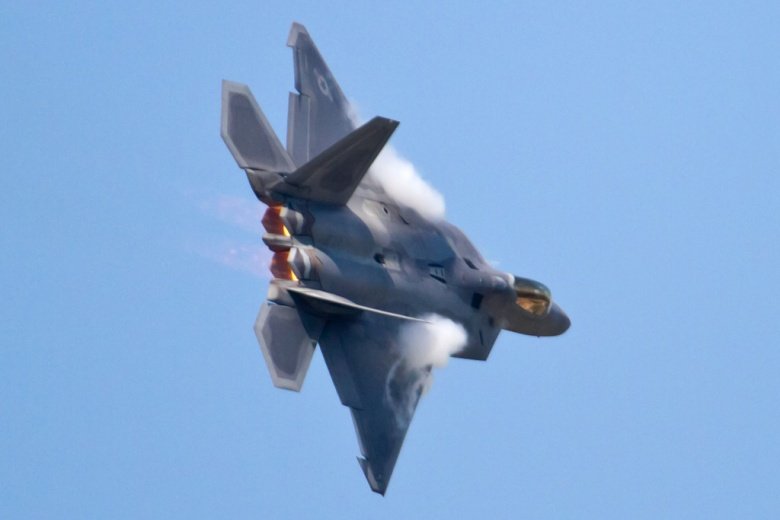
The Wars of Yugoslav Disintegration demonstrated that the United States had presumptive air dominance over most foes, even without the F-22. The Joint Strike Fighter project began in 1992, and offered a more contemporary option for the US Department of Defense. In 2009, Secretary of Defense Robert Gates capped the overall production line at 187 (plus eight test aircraft) for all of these reasons. Moreover, the F-35 Joint Strike Fighter seemed to offer a cheaper, more modern alternative. This made the spiraling expense of the F-22 unpalatable, even to many defense hawks, who could not identify any meaningful contribution that the Raptor could make to the current conflict. Instead of facing off against peer competitors, the US military engaged itself in conflicts against significantly technologically inferior opponents, including insurgents who had no air forces to speak of. response to September 11 further clouded the F-22’s prospects. This made the Raptor seem more expensive, even as the production process matured.

This represented a classic death spiral, in which development costs were divided between a smaller and smaller number of aircraft. The 750 became 648, which became 339, which became 277, which became 183.

The end of the Cold War reduced the need for advanced air superiority aircraft, leading DoD to reduce the expected buy. The strategic situation complicated matters further.


 0 kommentar(er)
0 kommentar(er)
